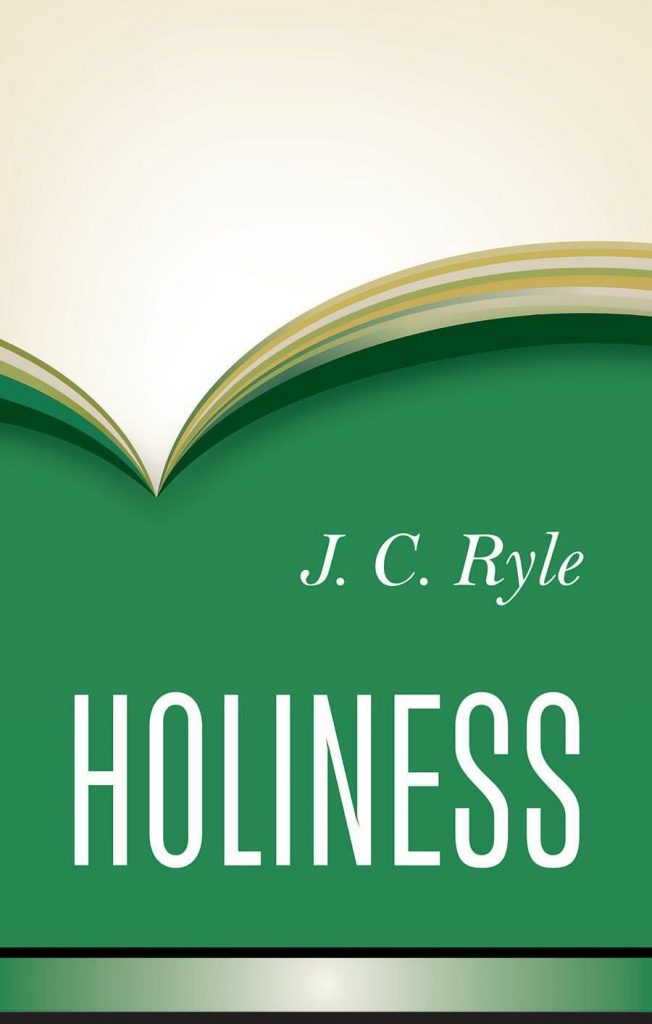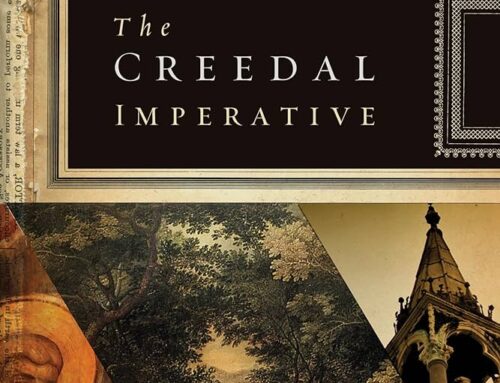
Amongst the hundreds of books to be found in Woodgreen’s library a handful are true classics, which should be on all our “to read lists.” One such book, which has stood the test of time, is J.C. Ryle’s Holiness.
There is a tendency amongst us moderns to fall prey to chronological snobbery when it comes to the books we read. Chronological snobbery is a term first coined by C.S. Lewis to describe the fallacy that the art, literature, and other intellectual pursuits of previous generations are inferior to those of today simply because they are old. There is no reason to read old books, the chronological snob contends, because each generation improves upon what came before it, and makes fresh what otherwise would have become stale and irrelevant. At the risk of having you dismiss this classic out of hand, Holiness predates, not only the latest Zondervan best seller, but, having first been printed in 1877, it predates C.S. Lewis’ observation by nearly 80 years. So, how could Holiness possibly be relevant after so many years? Besides, won’t this nineteenth-century author write in an overly-formal and stilted style, making Holiness frustrating and difficult to read?
I must admit, that I did find Holiness difficult to read at times. This difficulty, however, was due neither to the author’s refreshingly clear, concise, and accessible writing style, nor to irrelevance. Rather, this difficulty arose because I found Holiness convicting, and it was convicting because the topic of our daily struggle towards holiness is just as relevant today, and just as often misunderstood, as it was in Ryle’s day.
Ryle begins with the claim that there is a journey that one needs to take, with particular steps, in order to truly understand the topic of holiness. Take the journey in the wrong order, by jumping into a discussion on the relationship between our justification and sanctification, for instance, without first understanding the fundamentals, and you are at best partaking in an exercise filled with “words and names which convey no [right] meaning in the mind.” The crucial first step that must be taken, the author contends, is to rightly understand sin.
What’s more, if you start off the journey with a deficient view of sin, you won’t just fail to understand holiness, but the dead end that you will inevitably land up in will contain “all sorts of errors, heresies, and false doctrines.” Modern day heresies are generally anything but modern, and the false doctrines encountered by Ryle in his day should sound sadly familiar to us. Depriving ourselves of the wisdom of those who, like the author, have already addressed many of these perennial heresies, is foolish indeed.
Holiness is just as commendable because of what it is lacking. You will, thankfully, find no formulas, or “10 Steps to Holy Living,” within its pages. Ryle never claims that our sanctification is as easy as that, and you should avoid anyone who claims that it is. In fact, Ryle stresses that the self-denial and self-sacrifice required to follow Christ is a fight that is neither short, nor easy.
Finally, any book which focuses solely on our corruption and unworthiness, is bound to leave the reader feeling beat up. Thankfully, the author doesn’t leave you feeling battered and bruised. A pastor, first and foremost, J.C. Ryle is quick to draw our attention to the sufficiency of Christ to bind up the wounds of his people. Holiness is saturated with the gospel, Christ-centred from cover-to-cover.
Pick up a copy today from the Library, get to know one of the saints who went before us, and arm yourself for the fight.
Reviewed by Eric Stobbart



